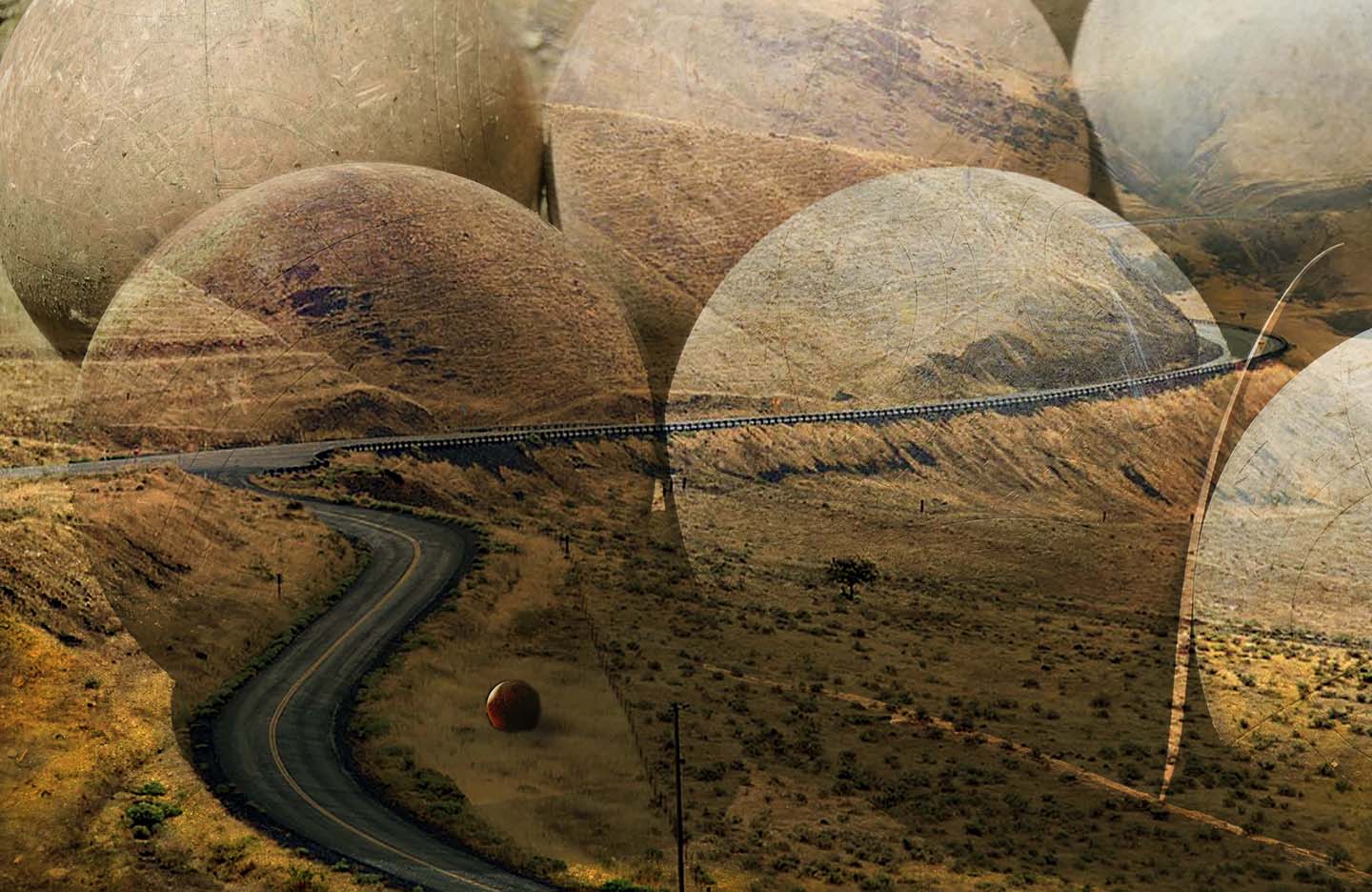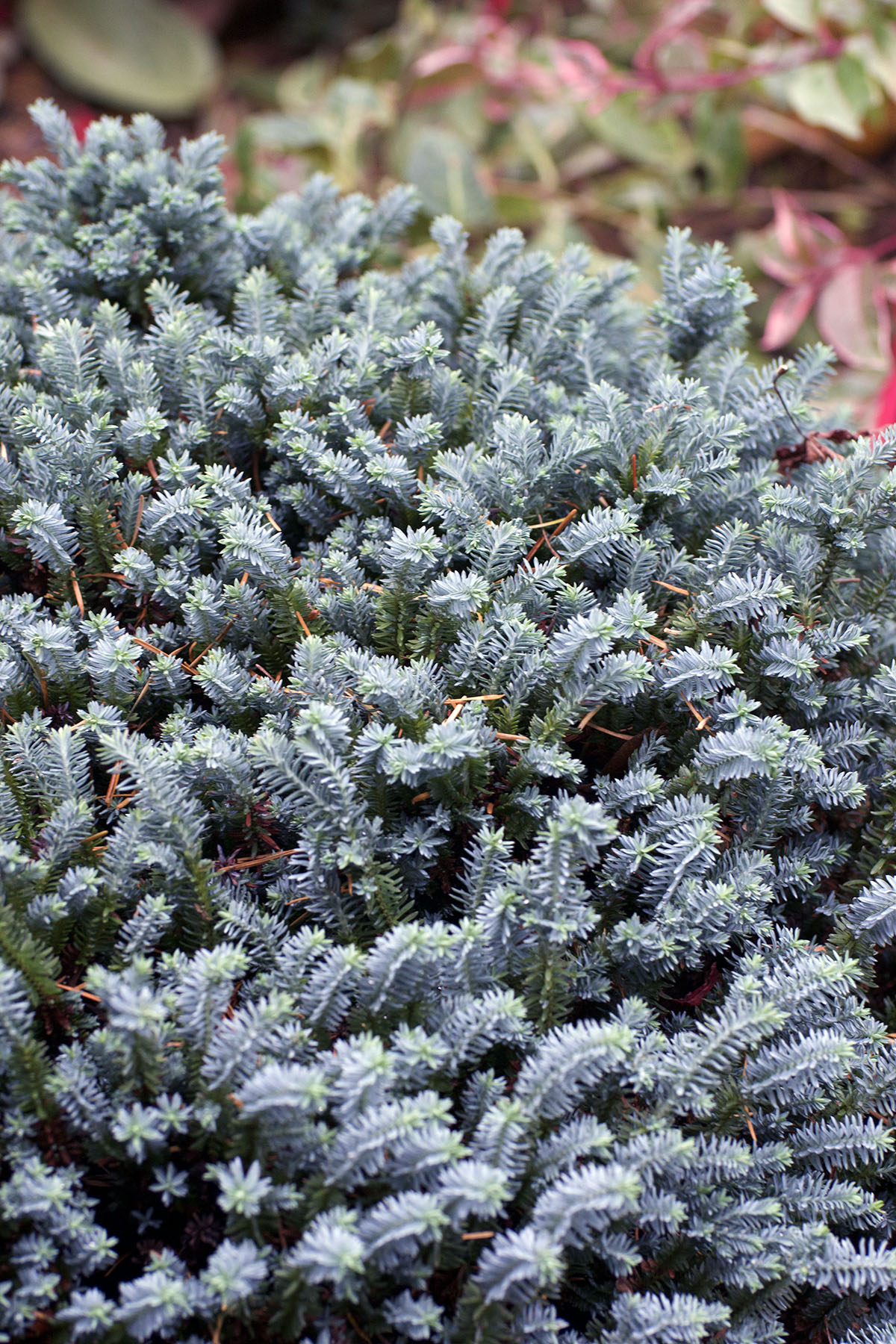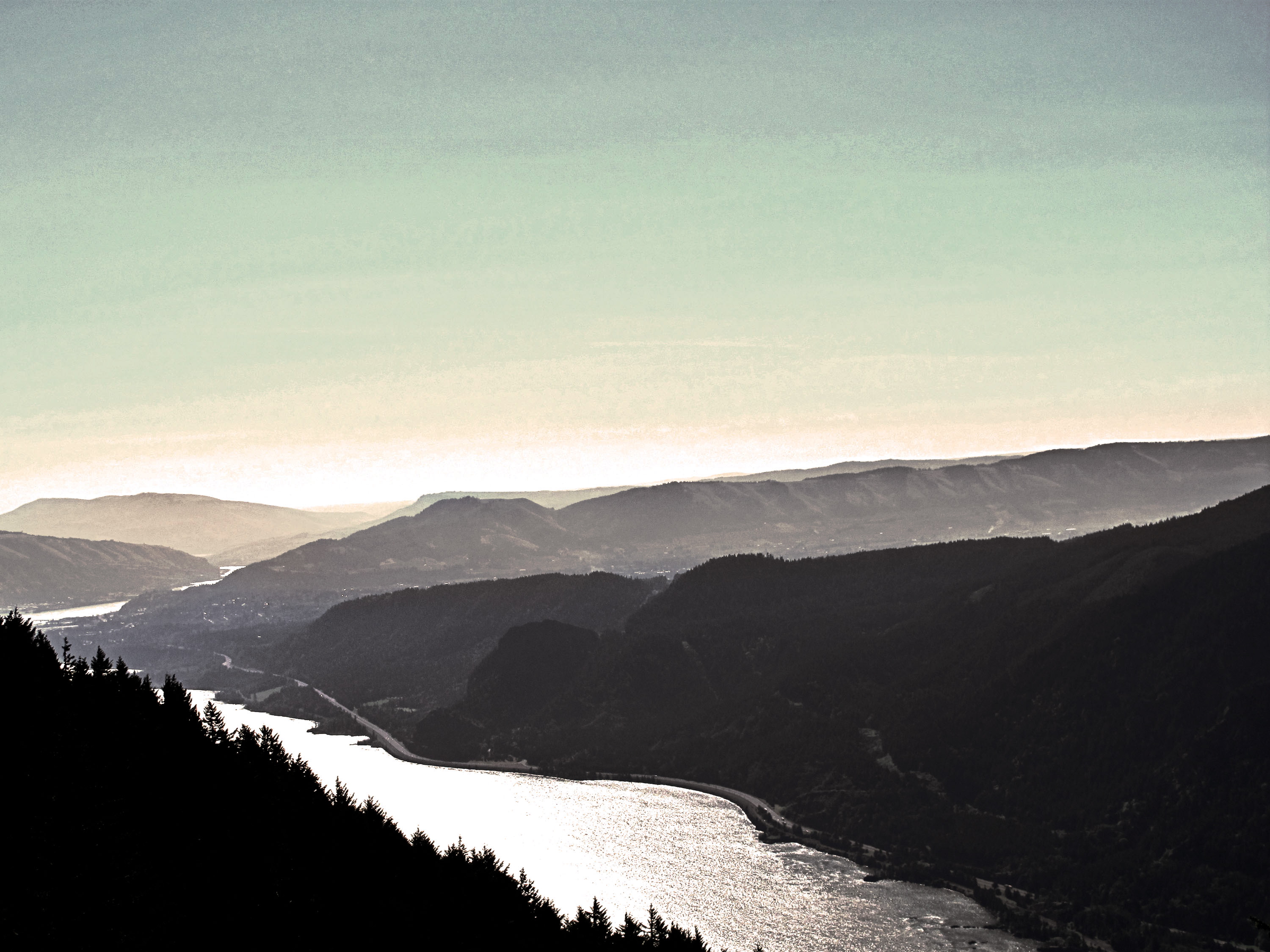Walk with me through a landscape touched by frost, a layer of glistening, crystalline beauty sheathing every blade of grass, leaf and branches. Something delicate, fragile, lasting just hours before the rising temperatures make the sublime views disappear, melting the hoar frost and then evaporating the water.

Rising temperatures, across the span of seasons, not just during a 24 hour cycle, are the main culprit globally, it turns out, for our ever increasing droughts. It is not the lack of rainfall, but evaporation of water due to heat that account for over 60% of the exceptional drought in the American West. And so we face dry wells, dwindling reservoirs, parched ground, forest fires.

Some, of course, believe that all you have to do is turn on “a valve” and let the water run, providing needed help to farmers and fire fighters alike. The current President of the United States among them. And so he did, ordering his Army Corps of Engineers to release a maximum amount of water in California’s San Joaquin Valley, with an unheard-of one-hour notice to local authorities.
“Consistent with the direction in the Executive Order on Emergency Measures to Provide Water Resources in California, the U.S. Army Corps of Engineers is releasing water from Terminus Dam at Lake Kaweah and Schafer Dam at Success Lake to ensure California has water available to respond to the wildfires.”



All hell broke loose, with local authorities, farmers, Republican State Senators all trying to persuade Trump’s minions to stop the planned volume of release, for fear of flooding the down stream communities, since the river channels could not hold the masses of water. Local water management officials called on members of Congress to intervene, including Democratic Rep. Jim Costa and Republican Reps. David Valadao and Vince Fong. None responded to requests for comment. Farmers needed to move equipment, migrant workers needed to flee from their riverbed camps near harvesting locations, Potterville fields needed to be protected. It was reckless endangerment of a community that had voted this President in, even after the authorities managed to curb the outflow somewhat from what had been initially intended.

It was also an act in the President’s renewed California water wars that was based on completely wrong assumptions about the potential uses of this water for firefighting in L.A., one big mountain chain to the South blocking the natural dispersion of water. Just one assumption in a series of spurious claims about the state’s water policies.





The release of billions of gallons of water will have long-term hurtful consequences in the valley region. The water, now running off into the Pacific Ocean, was stored for farmers’ irrigation needs in the dry season. Agricultural business has already been hurt on multiple fronts with water scarcity, the rounding up of undocumented agricultural workers, and now the tariffs. Depleting the reservoir of water at this time will increase the vulnerability of agricultural communities in the summer, already struggling with ground water pumping restrictions.

Under California’s Sustainable Groundwater Management Act (SGMA), which tries to compensate for the fact that farming has for decades used twice the amount of groundwater than is replenished by nature. This has caused the land to sink, causing enormous infra- structure damage that the state is now trying to staunch. The restrictions led to plummeting values of farms, endangering many smaller agricultural operations who cannot pay their loans. “The Public Policy Institute of California estimates that about 500,000 acres – one-fifth of the San Joaquin Valley’s farmland – may need to be taken out of cultivation by 2040 to stabilize aquifers. Small and medium-scale farmers appear most vulnerable.” (Ref.)
Value evaporating.
Common sense evaporating.
Water evaporating, flowing useless at this time of year for communities falsely claimed to be helped.



Our protections from unscientific, vengeance-, ideology- or greed-driven decisions, evaporating.
As of this writing, we have a non-elected civilian with unidentified, potentially non-American minions downloading on his personal servers every single data point of every American’s existence he found while forcing access to the US Treasury. Our social security numbers: no longer protected. Data about our taxes, our income, our health status, you name it: an open book to be read by potentially hostile powers. The U.S.Treasury holds the nation’s money. Its dispersement (or withholding) is now under the control of someone who is unaccountable and was not able to receive top security clearance and is under investigation for flouting security clearance rules.

We are talking all of our tax money, the social security money we earned and paid in, the money for clean air, safe food and water, safe air travel and highway management, medical research, and so on. A system responsible for distributing Social Security and Medicare benefits, salaries for federal personnel, payments to government contractors and grant recipients, and tax refunds now at the whims of unaccountable individuals. As our own Senator Wyden warned, this creates potential cybersecurity vulnerabilities, given Musk’s significant business ties to China. It also creates potential havoc for upcoming debt ceiling negotiations, given the assurances needed for ongoing payment flow.
A private citizen taking control of established government offices, seizing physical control of government payment systems, now able to shut down federal funding to any recipient he personally chooses. Closing entire departments (USAID) and locking out thousands of government employees. An unvetted, congressionally un-appointed individual illegally usurping Congress’s most important authority, the power of the purse, shredding the constitutional protection guaranteed by the separation of powers. Some call it a constitutional crisis. Others fear that It is no less than a coup.
Democracy evaporating.







We are advised to make our voices heard, seemingly the only thing we can do right now.
Once again, here is the easiest way to find out how to contact your state representatives, your governor, your senators, whoever you wish to address with questions about what they intend to do to protect you, your entitlements and the privacy of your data. A question as simple as that.
https://www.usa.gov/elected-officials
For those of us in Oregon:
Senator Jeff Merkley: (202) 224-3753
Senator Ron Wyden: (202) 224-5244
Congresswoman Janelle Bynum: (202) 225-5711
OR Governor Tina Kotek : (503) 378-4582
OR State Attorney General Dan Rayfield: (503) 378-6002
Call. PLEASE. Drip is not enough. Needs to be a flood, slowing down evaporation of our rights. Blue state calls matter, too.



And now for the good news: Rebecca Solnit has started her own occasional newsletter – you can sign up for free here. Probably the most encouraging and empathetic writer out there next to Heather Cox Richardson.
Let’s end with a defiant smile: here is a body of water not likely to evaporate soon. He/she/it/they even have their own social media announcements now.






Music today about cold times, followed by something better….




































































































































































